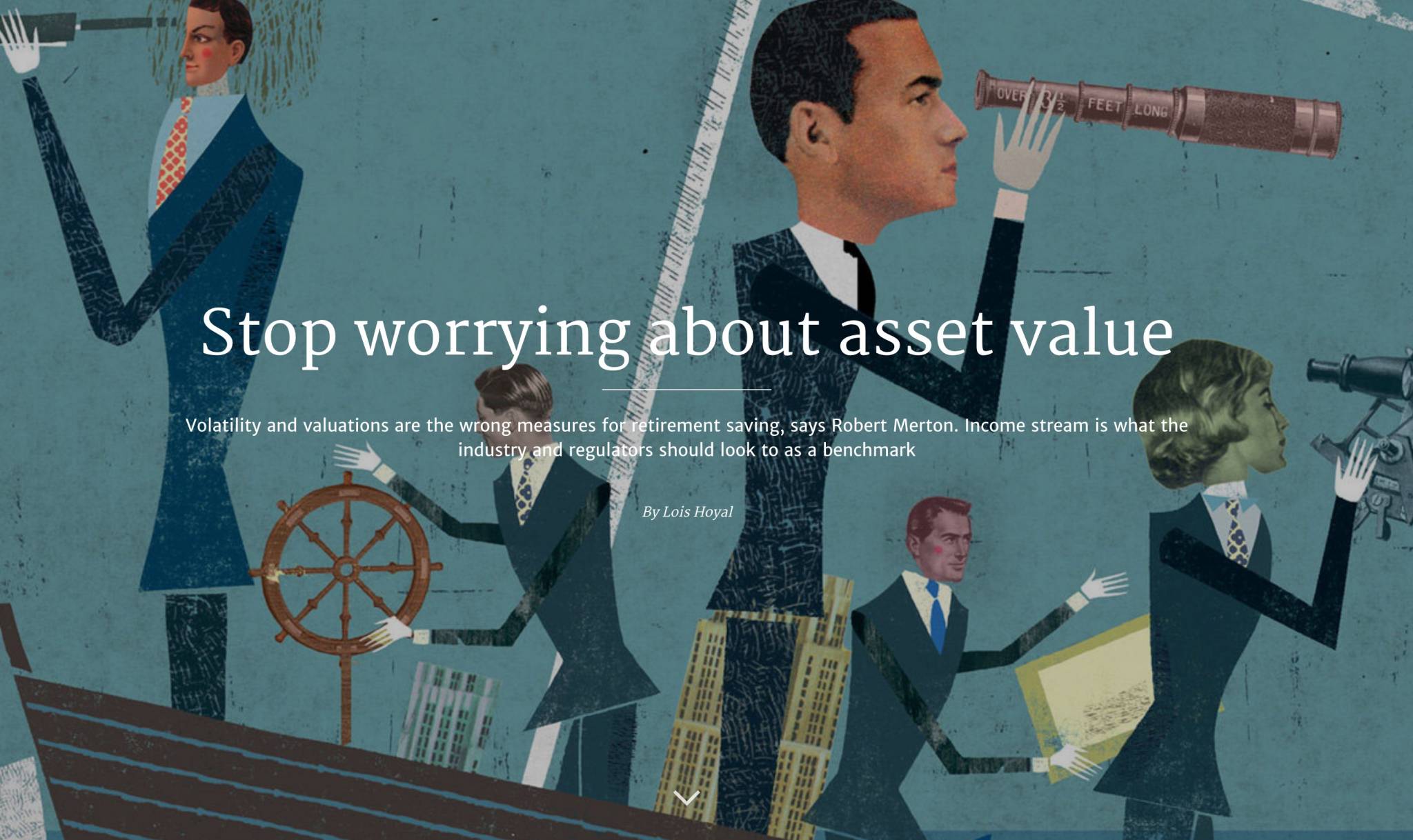Margie Patel lends her views on the high-yield space with the help of Dr. Brian Jacobsen, chief portfolio strategist with Wells Fargo Asset Management.
[sc_embed_player_template1 fileurl="http://a584.g.akamai.net/f/584/1326/1d/www.wellsfargoadvantagefunds.com/mpg/ottd_20170301.mp3"]TRANSCRIPT:
Aldo Ceccarelli: I’m Aldo Ceccarelli.
Brian Jacobsen: And I’m Brian Jacobsen.
Aldo: And you are On the Trading Desk. High-yield portfolio manager Margie Patel shares her thoughts on the space with the help of Dr. Brian Jacobsen, chief portfolio strategist from Wells Fargo Asset Management, Brian, welcome!
Brian: Thanks for having me.
Aldo: At the Wells Fargo investment panel, Margie Patel talked about the sustainability of the high-yield market in the year ahead. She began, “Well, I think the fundamentals of high yield are still very good.”
Margie Patel: Well, I think the fundamentals are still very good. And I think if there’s any error on one side or other, it will be—incredibly—that the high yield market has some capital appreciation. Right now the better part of the high yield market is bumping into the highest yielding part of the equity market. But my personal feeling is that, although we may see the Fed rate bumped up a couple times, I think the jury’s out on what happens to the rest of the yield curve. But what I do think will happen with economic growth, continued low inflation, the yield sphere will go materially narrower from where it is.
Right now the average bond yields a little less than 500 basis points [100 basis points equals 1%]. The narrowest relationship high yield gets to is around 300 basis points. And with a better economy, low defaults, the spread wide enough to absorb even a push up in treasury rates—that I’m not looking for—that says to me that high yield could actually get closer to those 300 basis point narrow spreads before we’ve finished. And that would allow for two or three points of capital appreciation on top of the coupon, which would be mid to high single digit, which would be pretty attractive, I think compared to other asset classes, so I’m pretty positive on the high yield market.
Aldo: Brian, talk to us about this capital appreciation Margie spoke of and how it factors into high-yield.
Brian: With fixed income, you only get capital appreciation in one of two ways. First, you can buy a bond for less than its face value and hold it to maturity. The second way is if you buy a bond, its price goes up, and you sell it at the higher price. The price can go up if the general level of interest rates falls or if the credit quality of the issuer improves. With better economic growth and a backdrop of low inflation, we could see credit quality improve. It’s possible that the price people will pay for those high yield bonds will go up even if Treasury yields rise and their prices fall.
Aldo: Something unique to Margie’s high-yield approach is the flexibility to own both the stock and bond of a company—a 10% equity sleeve. Margie explains why.
Margie: That’s a source of liquidity. If we did have financial crisis, we needed to raise something, here’s 10% we could sell at very nominal cost. And secondly, many portfolios use very, very low quality, very illiquid high-yield bonds as a way of supplementing their total return. But realistically, the amount you can get by buying very bottom-of-the-barrel credit in terms of capital appreciation is pretty limited.
Aldo: Margie lent an example of a company that shows the advantage of that flexible strategy.
Margie: We owned both the stock, in our little sleeve, and the bonds of Jarden, which is a maker of a lot of consumer products, whether it’s Mr. Coffee, baseball mitts, playing cards, Yankee Candles—things like that. They were taken over by Rubbermaid-Newell. Newell Corp.* is investment grade quality. So we not only got in the equity, but we also benefited by the bonds going from below investment grade to investment grade. So I’d say that was a great example of the stocks and bonds of a company that really benefitted from a takeover.
Aldo: Margie talked about merger and acquisition activity. You wrote an AdvantageVoice® blog post called, “How should investors view mergers and acquisitions?” Is this trend in M&A activity something that might play favorably into Margie’s approach?
Brian: I believe so. I’ve learned from Margie that while a pickup in M&A activity can be a warning sign of excesses in the market, you also have to pay attention to whether the acquisitions are strategic or not. That means, are the deals done because it makes business sense, or because they have money to burn? Over 80% of transactions are still strategic. If it makes business sense, that can benefit the companies that are being targeted. With corporate tax reform and regulatory changes likely coming, we could see a marked increase in that type of activity.
Aldo: Great, thanks for that Brian. If our audience wants to learn more about Margie and her strategies, visit wellsfargofunds.com, but, for now, Dr. Brian Jacobsen, as always, thank you for being with us.
Until next time, I’m Aldo Ceccarelli; take care.
* As of 1/31/17, Newell Brands Inc. was .08% of the High Yield Bond Fund. For a complete list of holdings, visit wellsfargofunds.com/performance.















